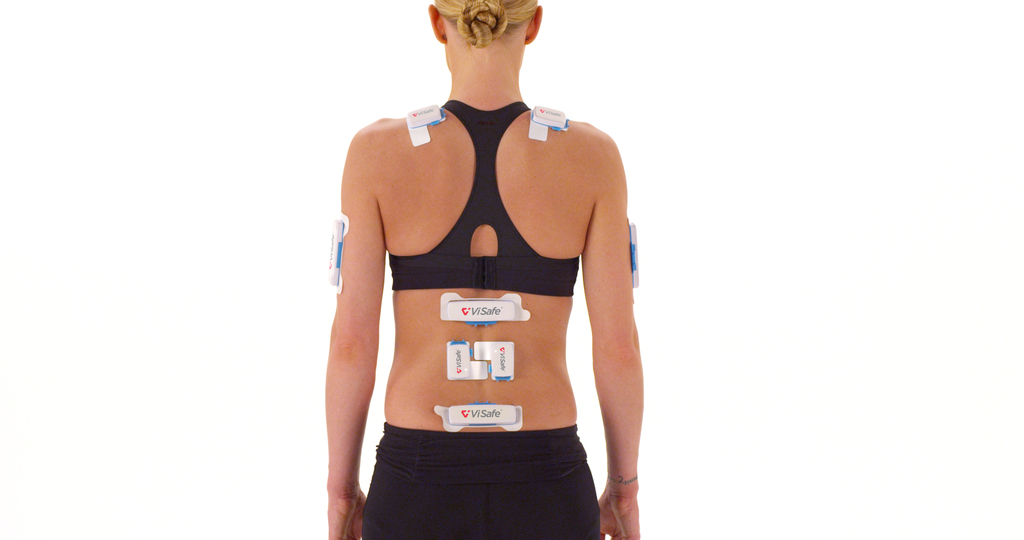
Kelly Rose
Editor

Kelly Rose
Editor
Most health and safety managers know the importance of occupational OH&S practices, but are often not equipped with accurate results to implement improved strategies. Andrew Ronchi, CEO of dorsaVi, says that wearable technology is an innovative and cost effective solution, giving companies new confidence to make data-driven decisions for their workers.
For obvious reasons, injury prevention has always been a major factor in sport and ultimately a big focus in my career as a physiotherapist. Elite sport organisations are increasingly recognising the importance of reducing the risk of injury and are looking to modern technology as a solution.
With this growing focus, wearable technology has played a major role in monitoring players at risk of injury, assisting injured players return to the field safely and most importantly preventing any additional risk.
Now wearable devices are not just for the elite athletes, but on the rise as a way to monitor, improve and enhance our health and everyday lives. This concept has spread to workers in factories, offices, indeed everywhere.
Use of technologies that provide real time and objective data about worker movement and behaviour is the next evolution of the time and motion studies undertaken by the efficiency expert Frederick Taylor more than a century ago. Today’s technology allows us to take the next leap forward in protecting workers and enhancing productivity.
What is wearable technology?
Wearable devices are pieces of technology that are worn on the body or in clothes, often with a biometric functionality – they can measure steps taken, heart rate, sleep patterns, temperature, movement, posture and even how hard a muscle is working.
A recent comparative study in the UK used wearable technology to assess two ways of working for bricklayers, seeking to understand if investment should be made into a new piece of equipment. Using technology, objective data showed that a new adjustable spot board resulted in an 84% reduction in low back muscle activation, 85% reduction in time spent bending over 20 degrees, and a 17% increase in productivity. Only technology can provide us with such accurate and enlightening data – there is no opinion or guesswork here, just hard facts.
One of the unique things about wearables is that of course they can be worn anywhere, and all day. This has meant improvements to safety for lone workers, and the opportunity to assess in real conditions the ergonomic demands of a whole day at work. Jobs can now be accurately assessed down mines, up pylons, and everywhere in between. This is a game changer for understanding the demands of these jobs, which have been previously difficult to study in detail, and opens up opportunities for improvements and reduced risk of injury.
Knowledge, or in this case data, is power…
Information collected by wearable sensor technology allows Health and Safety professionals to:
Ultimately, if health and safety managers can make confident and informed decisions on injury reduction solutions, the wider business will benefit. Unsafe work environments cost companies at every level – increased insurance costs, reduced productivity and employee retention, and risk to the health of the employees. In 2014/15 9.5million days were lost at work due to musculoskeletal disorders in the UK alone.
Ultimately, it is in the interest of every business and their health & safety managers to ensure workplace safety. By using innovative technologies to verify safe and efficient working methods, it’s possible to significantly impact the rate of injuries, ensure safe recovery, and maintain an optimal level of health for workers and the business overall.





